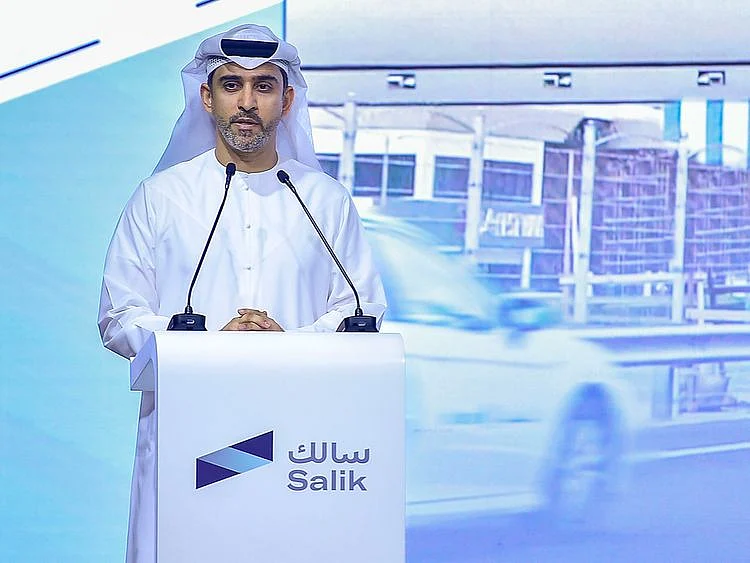Salik’s short-term revenue growth will come from new toll-gates in Dubai: CEO
Ibrahim Al Haddad says that capping IPO size at 24.9% was strategic despite heavy interest

Dubai: Placing new toll gates in Dubai would be the main driver of revenue growth in the immediate future for Salik – but the company already has to start thinking of longer-term opportunities for additional growth.
That’s according to Salik CEO Ibrahim Al Haddad after the company’s stock received an overwhelming response on the DFM on its first day of trading. “Or growth priority right now is aim for the long term,” the CEO said. “For the short-term, new locations for the toll gates will take care of the short-term. But that’s, of course, subject to approval (from The Executive Council).”
For the period January to the end of June, Salik’s profit was just over Dh796 million against Dh634.41 million a year ago. The figures are indicative of an accelerated return of business, social, and visitor-related activity in Dubai, with all indications pointing to more of the same through the second-half of the year.
Any new toll gate in the city thus opens up immense top-line possibilities for Salik, and a fact that won’t be lost on investors picking up more of the company’s stake in the open market. (There are eight toll gates in the city currently.)
Should Salik have upsized more?
On whether Salik ever considered the possibility of raising the IPO size to 30 per cent or thereabouts, given the level of retail investor interest, the CEO demurred. “The market could easily have absorbed even higher than 30 per cent, but that wasn’t our main shareholder’s intent,” said Al Haddad. “I think the 24.9 per cent (after raising it from 20 per cent) was the right one. It was a strategic decision.
“It’s amazing to see the level of activity on the stock minutes into the start of trade. It took me by surprise, that’s a fact.”
How soon for data use?
The CEO would not be drawn into giving a firm indication of when the Salik user data would start being monetised through targeted offers from brands, retailers, or F&B companies. Some in the market had been forecasting that such data mobilisation could be used as early as this November/December for the peak season
“We need to finalise detailed business plans for anything that supports our additional growth plans,” the CEO said. “There’s quite a talented team in place to do all these things – let’s give them time.”
The data part works on providing Salik users with targeted promotions and other possibilities when they use a toll gate, and depending on the time and day. When Salik announced such a plan at the time of the IPO, it had immediately drawn interest from the marketing industry. Now, they will need to do some waiting.
Consultancy work
Another area the company could get into is consultancy services in regional markets that too are thinking of launching automated toll gates in their own cities. “We have a 15-year head start on them, and can develop tailored packages,” said Al Haddad. “We have the knowhow and we can pass it on.
“That means we need to keep our focus, our eyes on all possible opportunities.”
Salik will put 100% of its annual net profit as dividend
Network Links
GN StoreDownload our app
© Al Nisr Publishing LLC 2025. All rights reserved.